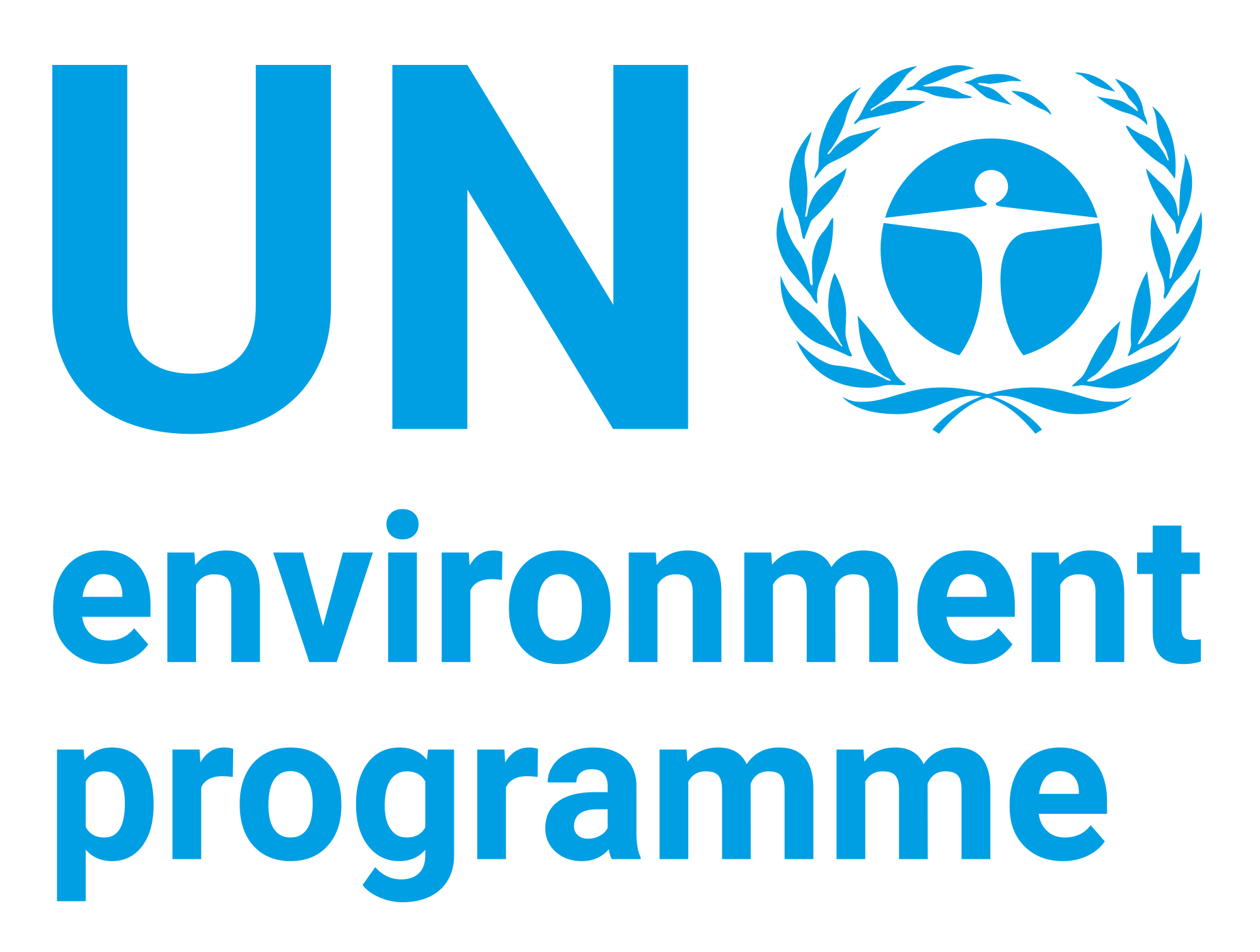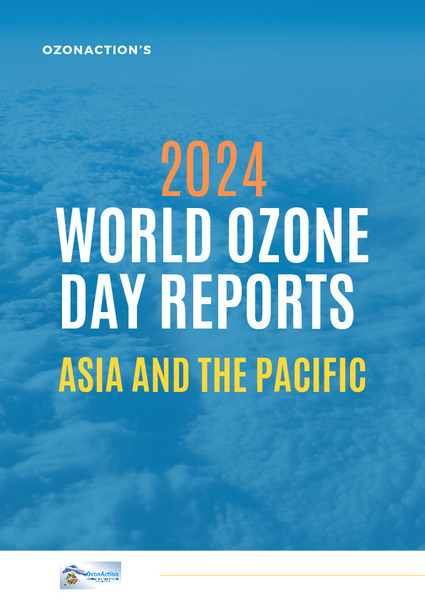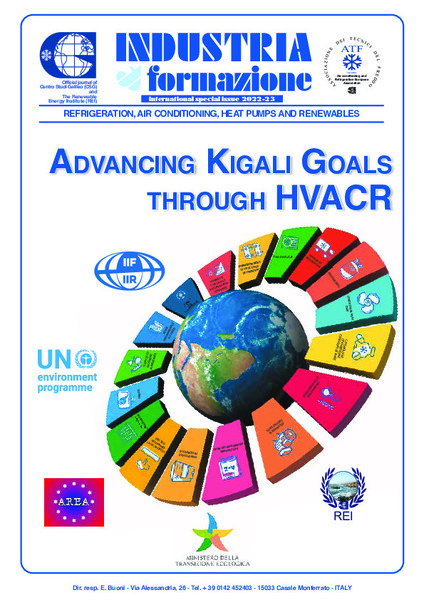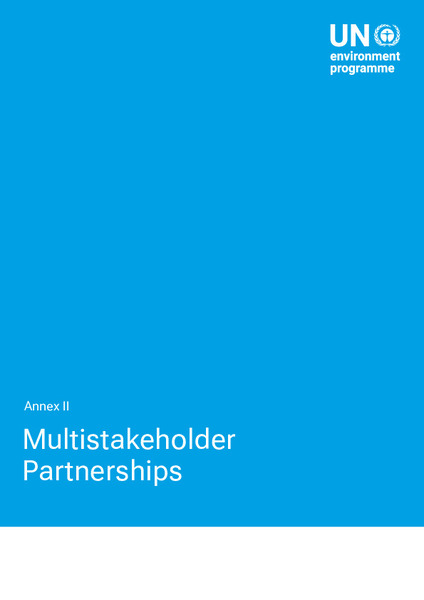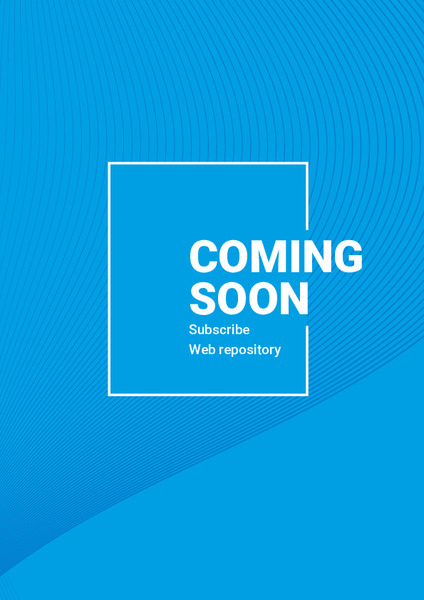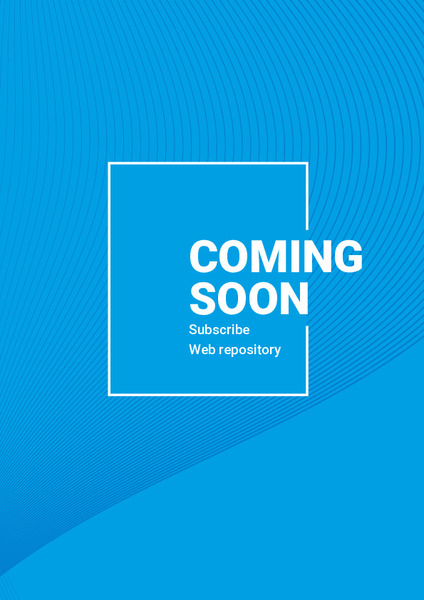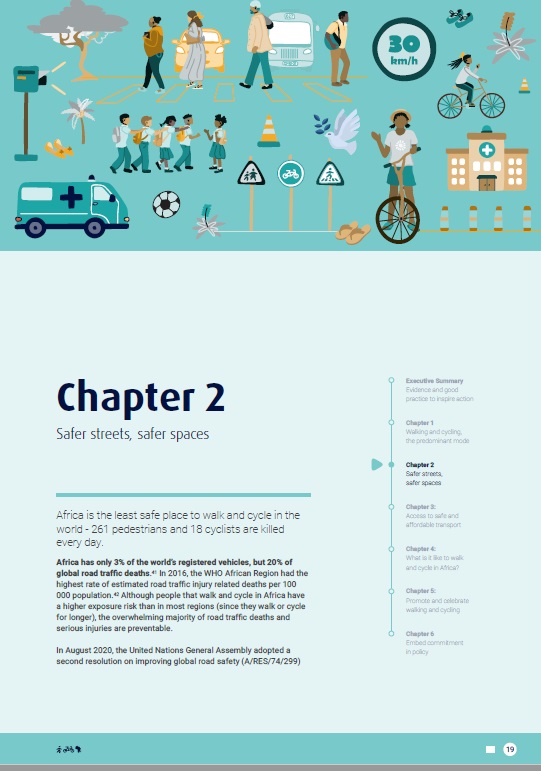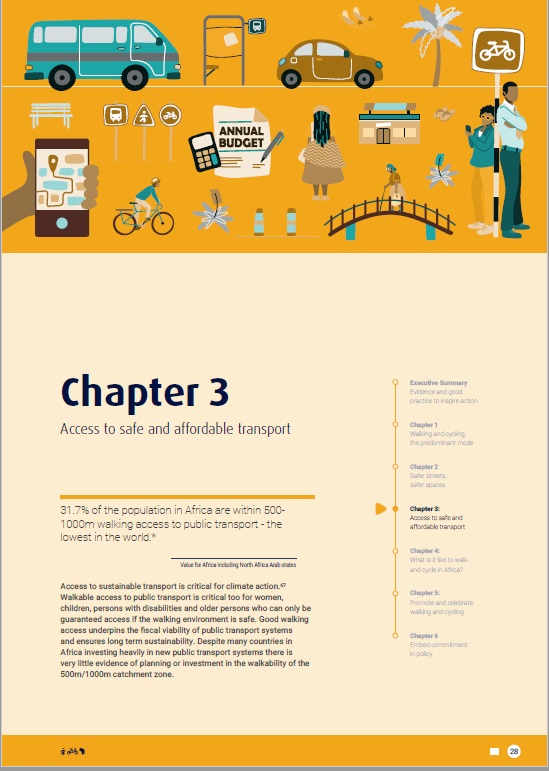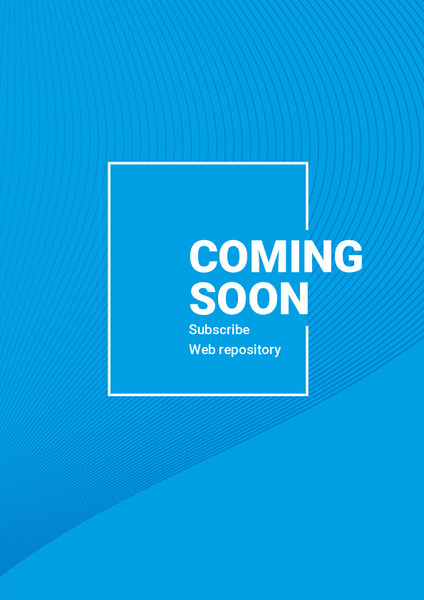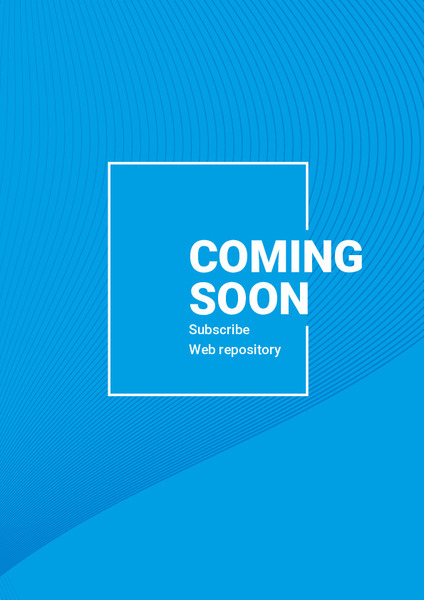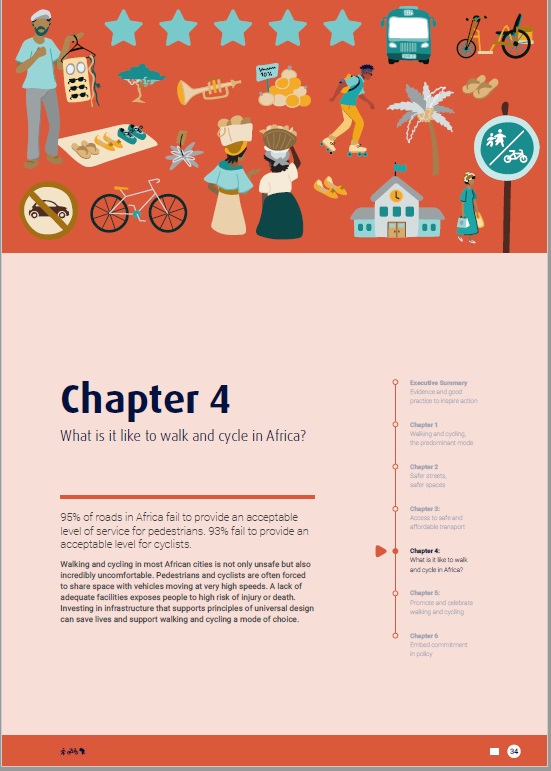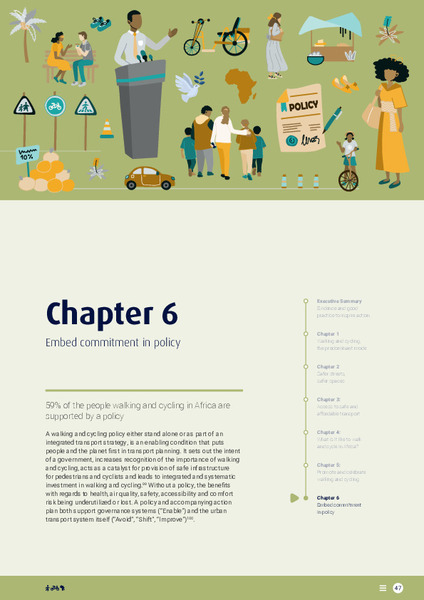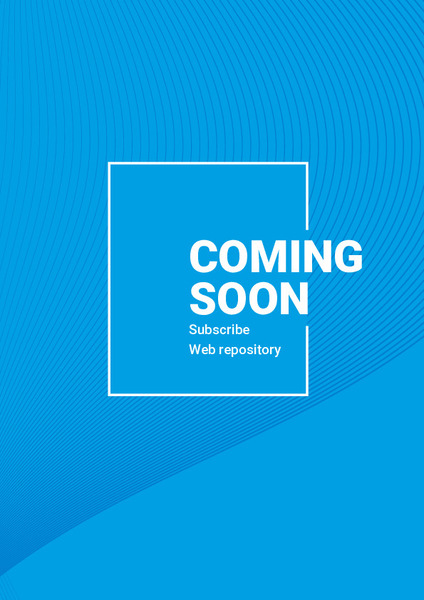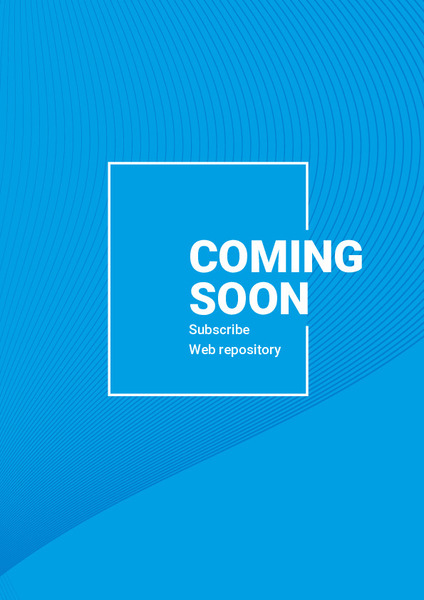Browsing Reports, Books and Booklets by Topic "Climate Action"
Now showing items 1-20 of 99
-
2024 World Ozone Day Reports - Asia and the Pacific
(2024-11-29)World Ozone Day, observed annually on September 16th, is a pivotal event to raise awareness and catalyze action to protect the ozone layer, our planet’s protective shield. Since its inception following the adoption of the ... -
Adaptation Gap Report 2020 - Online Annex
(2021-01)This document includes: Annex 1. Challenges in estimating adaptation costs; and Annex 2. Challenges in estimating adaptation finance -
Advancing Kigali Goals through HVACR - Industria Formazione International Special Issue 2022-23
(Centro Studi Galileo and Renewable Energy Institute, 2022-11)The eighth edition of the International Special Issue, Advancing Kigali Goals through HVACR produced by Centro Studi Galileo is a compilation of invaluable articles from leading global associations and experts, including ... -
Annex II - Multistakeholder Partnerships
(2024-07) -
Bank and Investor Risk Policies on Soft Commodities: A Framework to Evaluate Deforestation and Forest Degradation Risk in the Agricultural Value Chain
(2015)This study aims to provide greater clarity on policies that banks and investors can adopt to reduce deforestation and forest degradation from the production of soy, palm oil and beef. The study and the accompanying tool ... -
Baseline Study of Ecosystem-based Adaptation for Rural Resilience in Tanzania
(2019-07)This baseline report is prepared for the project Ecosystem-based Adaptation for Rural Resilience executed by the Vice President’s Office of Tanzania with implementation support from the United Nations. The project is ... -
Chapter 1. Introduction - Emissions Gap Report 2022: The Closing Window — Climate crisis calls for rapid transformation of societies
(United Nations Environment Programme, 2022-10)In line with the Emissions Gap Report, the IPCC reports send a reverberating message that the window of opportunity to limit global warming to well below 2°C, preferably 1.5°C, thereby avoiding some unmanageable climate ... -
Chapter 1. Walking and Cycling: The Predominant Mode
(2022-06)Walking and cycling in Africa has long been a peripheral priority in transport planning and engineering. This is surprising since more people walk than use any other form of transport. Active travel also creates immeasurable ... -
Chapter 2. Global emissions trends - Emissions Gap Report 2022: The Closing Window — Climate Crisis Calls for Rapid Transformation of Societies
(United Nations Environment Programme, 2022-10)This chapter assesses trends in greenhouse gas (GHG) emissions up to and including 2021. It analyses global emissions by gas, country, household and sector, providing the current and historical context for subsequent ... -
Chapter 2. Safer Streets, Safer Spaces
(2022-06)Africa is the least safe place to walk and cycle in the world - 261 pedestrians and 18 cyclists are killed every day. Africa has only 3% of the world’s registered vehicles, but 20% of global road traffic deaths.41 In 2016, ... -
Chapter 3. Access to Safe and Affordable Transport
(2022-06)Access to sustainable transport is critical for climate action. Walkable access to public transport is critical too for women, children, persons with disabilities and older persons who can only be guaranteed access if the ... -
Chapter 3. Nationally determined contributions and long-term pledges: The global landscape and G20 member progress - Emissions Gap Report 2022: The Closing Window — Climate Crisis Calls for Rapid Transformation of Societies
(2022-10)This chapter provides an updated assessment of progress on nationally determined contributions (NDCs) and long-term pledges, focusing on three key questions: 1. What global progress has been made — overall and since the ... -
Chapter 4. The emissions gap - Emissions Gap Report 2022: The Closing Window — Climate Crisis Calls for Rapid Transformation of Societies
(United Nations Environment Programme, 2022-10) -
Chapter 4. What Is It Like to Walk and Cycle in Africa?
(2022-06)Walking and cycling in most African cities is not only unsafe but also incredibly uncomfortable. Pedestrians and cyclists are often forced to share space with vehicles moving at very high speeds. A lack of adequate facilities ... -
Chapter 5. Promote and Celebrate Walking and Cycling
(2022-06)People walking and cycling are often perceived a low value of time resulting in a general sense of irrelevance to their role in future planning. There are two common misconceptions about walking and cycling in African ... -
Chapter 6. Embed Commitment in Policy
(2022-06)A walking and cycling policy either stand alone or as part of an integrated transport strategy, is an enabling condition that puts people and the planet first in transport planning. It sets out the intent of a government, ... -
Chapter 6. Transforming food systems - Emissions Gap Report 2022: The Closing Window — Climate Crisis Calls for Rapid Transformation of Societies
(2022-10)This chapter presents the needs, current state and options for accelerating a food system transformation. It focuses on GHG emissions and climate change, but also discusses important synergies and trade-offs with the ... -
Chapter 7. Transforming the finance system to enable the achievement of the Paris Agreement - Emissions Gap Report 2022: The Closing Window — Climate Crisis Calls for Rapid Transformation of Societies
(United Nations Environment Programme, 2022-10)A realignment of the financial system is a critical enabler of the sectoral transitions required to address the current climate crises. Article 2.1(c) of the Paris Agreement calls for this and establishes a new objective ... -
Climate Action: Assisting Business Towards Carbon Neutrality - Special Focus on Africa and Sustainable Cities
(2011)Negotiations on how over 190 countries can move forward on climate change come to Durban, South Africa, amid concerns that the gap between scientific reality and political ambition remains firmly in place and may be widening. ... -
Climate Change 2007: The Physical Science Basis - Contribution of Working Group I to the Fourth Assessment Report of the Intergovernmental Panel on Climate Change
(2007)The Working Group I report focuses on those aspects of the current understanding of the physical science of climate change that are judged to be most relevant to policymakers. It does not attempt to review the evolution ...
